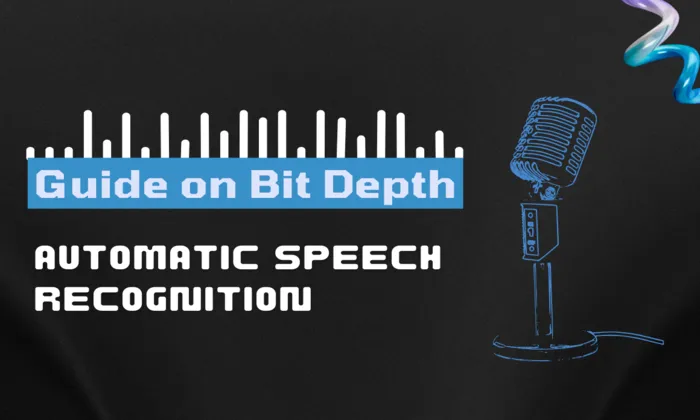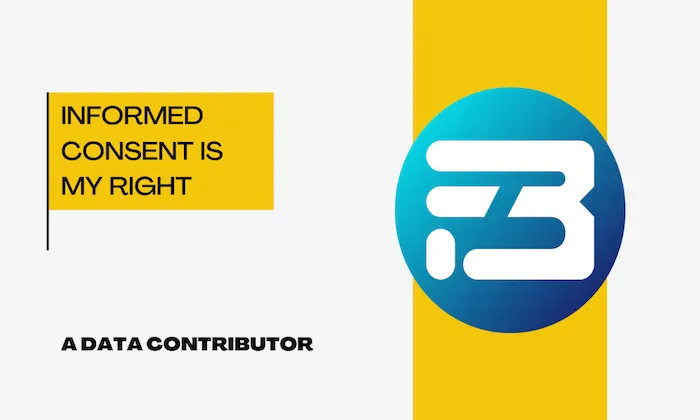Can these doctor–patient conversation datasets train AI models to detect empathy or distress?
NLP
Healthcare
AI Models
Doctor–patient conversation datasets offer a robust foundation for training AI models to detect empathy and distress, crucial components in enhancing patient care within healthcare settings. These datasets capture authentic, unscripted interactions, providing the linguistic and emotional richness necessary for AI systems to accurately recognize these complex emotional states. Let's explore how these datasets support empathy and distress detection, their significance in healthcare, and the practical methodologies involved.
Understanding Doctor–Patient Conversation Datasets
Doctor–patient conversation datasets simulate real healthcare interactions, capturing diverse scenarios like consultations, follow-ups, and diagnoses. These interactions are constructed under the supervision of licensed physicians to ensure clinical accuracy while adhering to ethical standards. This approach mirrors genuine medical conversations, making these datasets ideal for training AI systems to understand emotional cues and intent.
Importance of Detecting Empathy and Distress in Healthcare
Detecting empathy in healthcare fosters patient trust, enhances compliance, and improves overall satisfaction. Conversely, identifying distress allows for timely interventions, potentially preventing adverse events. As AI systems increasingly integrate into healthcare, their ability to interpret these emotions can significantly influence patient outcomes. By training models to detect empathy and distress, healthcare providers can leverage AI to deliver more compassionate and effective care.
Training AI Models: A Step-by-Step Process
Training AI models for empathy and distress detection involves several key steps:
- Data Collection: Conversations are recorded in both telephonic and in-person settings, capturing a variety of dialects and emotional expressions. These recordings preserve natural dialogue elements, such as overlaps and pauses, which are vital for training empathetic AI.
- Annotation: Transcripts undergo detailed speech annotation, tagging utterances for emotional indicators like empathy or distress. This process includes multiple layers of review to ensure accuracy and relevance, with both linguistic experts and medical professionals validating the annotations.
- Model Training: Machine learning models are trained using these annotated datasets. They learn to recognize patterns associated with empathy (e.g., supportive language, active listening) and distress (e.g., urgent tones, emotional language). The goal is to develop a nuanced understanding of how these emotions manifest in conversation.
- Validation and Testing: Post-training, models are validated against separate datasets to confirm their accuracy in detecting emotional states in new, unseen conversations.
Unique Challenges and Trade-offs
While the potential for using these datasets in training AI for empathy and distress detection is significant, several challenges exist:
- Contextual Nuance: Emotional expressions can be subtle and context-dependent. Models must be trained with diverse datasets that capture a wide range of expressions across different scenarios.
- Quality of Annotations: The model's effectiveness heavily relies on annotation quality. Mislabeling or oversimplifying emotional states can lead to poor performance.
- Ethical Considerations: Given the sensitive nature of healthcare data, ensuring patient anonymity and compliance with regulations like HIPAA is essential. FutureBeeAI's simulated approach eliminates these risks while maintaining data authenticity.
Real-World Applications and Success Stories
AI models trained on doctor–patient conversation datasets have been successfully implemented to enhance emotional understanding in clinical settings. For example, AI systems have been used to alert healthcare providers to signs of distress during telehealth consultations, allowing for immediate intervention and support.
FutureBeeAI’s expertise in AI data collection and annotation makes it an ideal partner for AI-first companies looking to train models on emotionally intelligent systems. By leveraging our datasets, organizations can enhance their AI applications in healthcare, ensuring a more empathetic and responsive patient experience. For healthcare projects that demand nuanced emotional detection, consider collaborating with FutureBeeAI for tailored dataset solutions that meet your specific needs.
FAQs
Q. How can AI models accurately detect emotions in doctor–patient conversations?
AI models leverage annotated datasets, where emotional cues are tagged and validated, allowing them to learn and recognize patterns associated with specific emotions like empathy and distress.
Q. What role does FutureBeeAI play in developing these datasets?
FutureBeeAI specializes in creating high-quality, ethically compliant doctor–patient conversation datasets. By partnering with licensed professionals and employing robust data collection and annotation processes, FutureBeeAI ensures AI models are trained on realistic and clinically accurate data.
What Else Do People Ask?
Related AI Articles
Browse Matching Datasets
Acquiring high-quality AI datasets has never been easier!!!
Get in touch with our AI data expert now!








